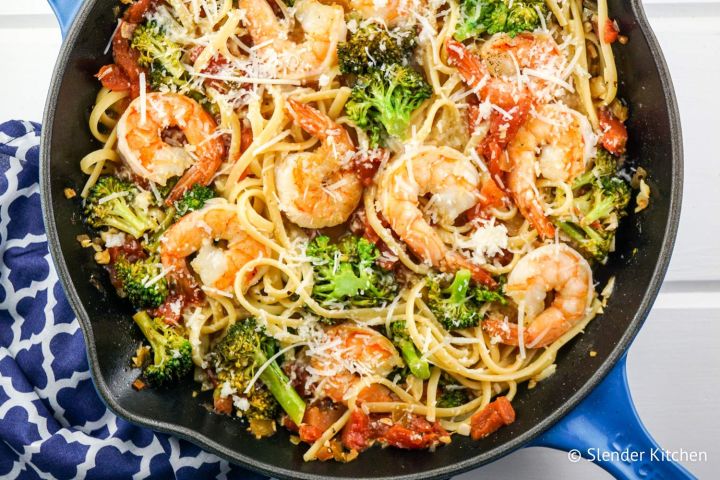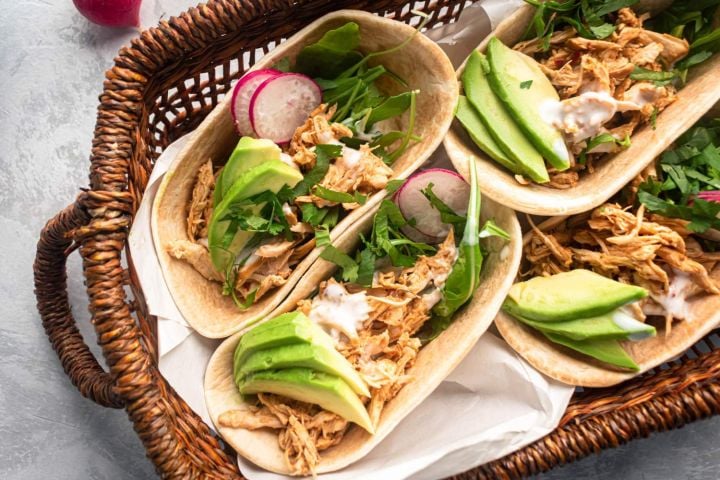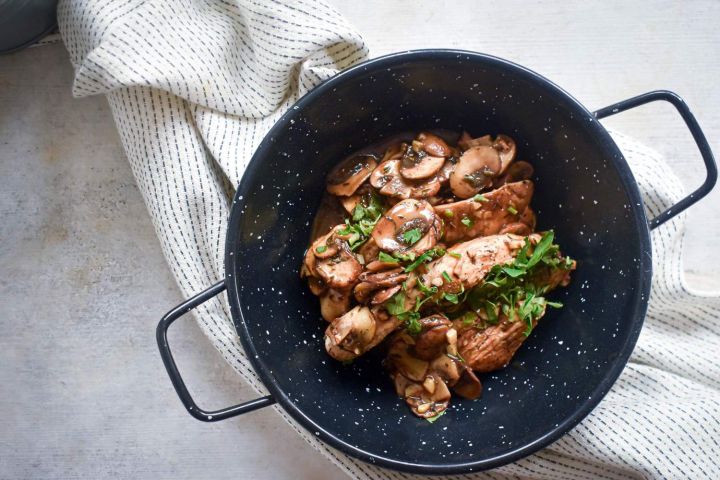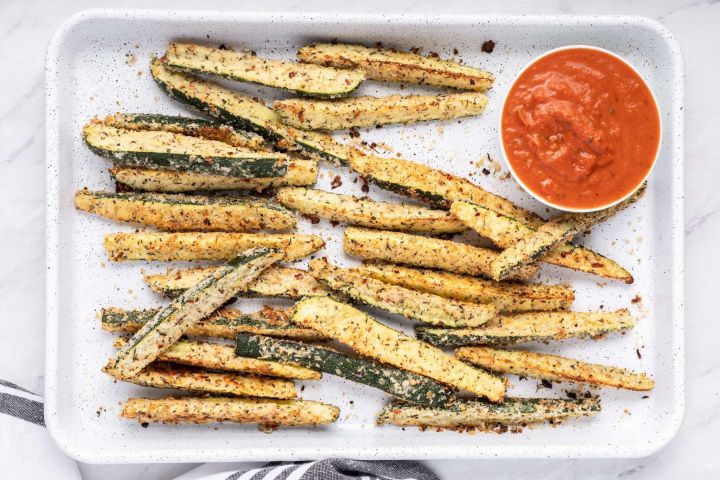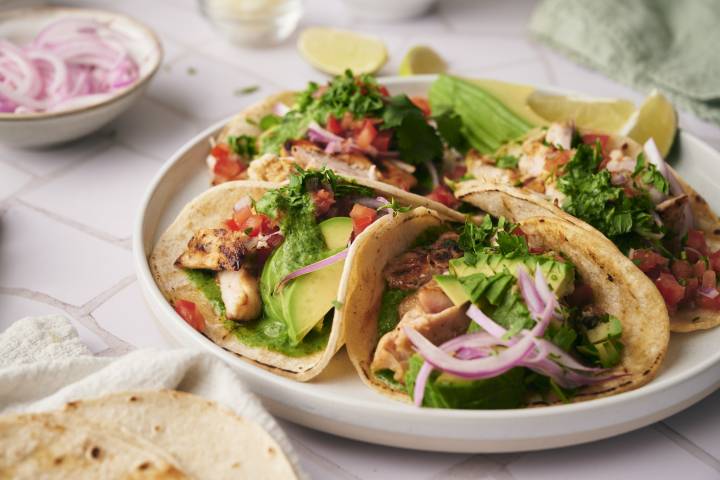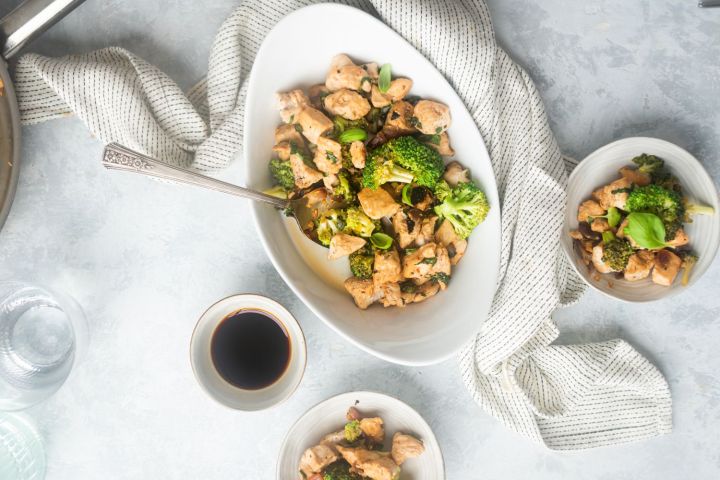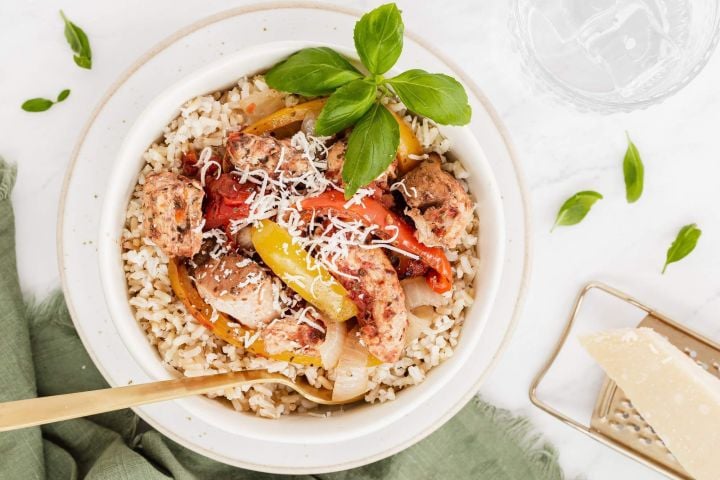Let's Meal Prep! The Best Tips and Tricks
Learn all the best tips and tricks for meal prepping for the week! Easy ways to plan, meal prep, and get organized.
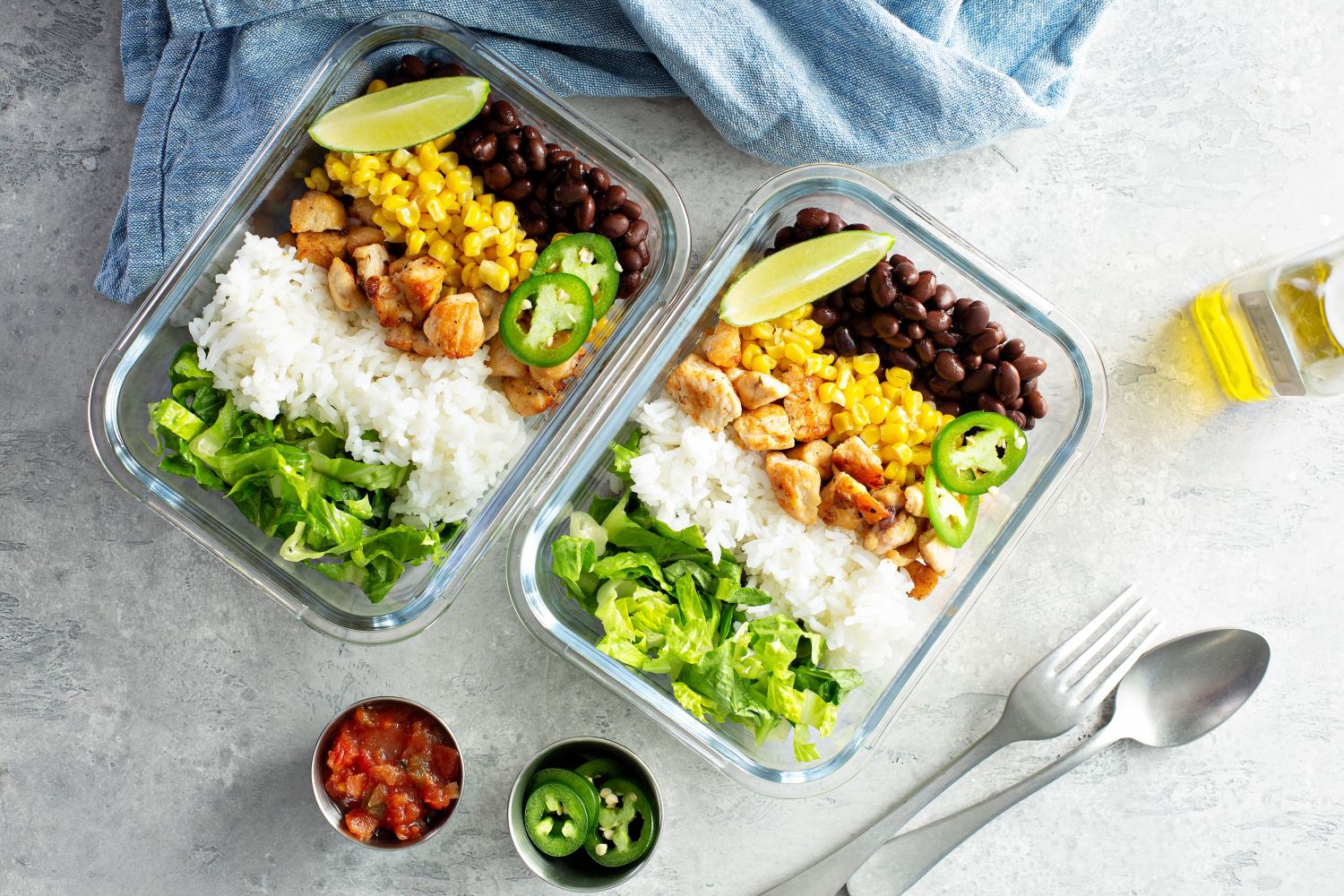
I know I say this all the time and it looks like I am going to say it again - the key to healthy eating and weight loss is planning ahead! That's why I am incredibly excited about today's post and sharing strategies for adding healthy food prep to your routine so that you can set yourself up for success during the week.
Personally, it's the only way I can make sure that healthy breakfasts, lunches, and dinners happen during the week. And while it does take a bit of work on Sunday, in my opinion, it is absolutely worth it for my sanity (and health!) during the week.
Yes - it will take some work to get things organized and get your system in place, but it will change the way you eat and it is absolutely possible. Today I am going to outline how I do my food prep for the week.
1. Plan Out Your Meals
The first step to being able to prep for the week is getting together a meal plan for the week. This can be as simple as gathering recipes you see on blogs or Pinterest, tagging recipes from your favorite cookbook, or writing out a list of your own recipes you plan to prepare that week.
Whatever method you use, you can't prep without knowing what you want to eat that week so this is where to start. Also if you know that your week is particularly busy, make sure to pick recipes that are either quick to prepare or that can be fully prepped beforehand.
Make sure to think about breakfast, lunch, and dinner, and stick to simple recipes and foods if you know you will have a busy week. Many people find it helpful to repeat breakfast and lunch meals to make prep easier. Personally, I get bored with the exact same breakfasts and lunches every day so I use leftovers instead to mix things up.
If you don't enjoy this part of the process or don't have time for it, consider using a meal planning service that either provides you with a healthy meal plan and shopping list or aids you in creating your own more quickly. Slender Kitchen can be a great resource here.
Our healthy, vegetarian, and low carb meal plans provide weekly menus that include breakfasts, lunches, and dinners for the week. Then you can quickly customize the menu for your needs by swapping in new recipes/items, changing the number of servings, or deleting meals you don't need. The shopping list automatically updates and your meal plan is ready to go.
You can also build your own meal plan from scratch and it will create a shopping list and weekly calendar for you. Learn more about Slender Kitchen's healthy meal plans.
2. Plan For Snacks
In addition to meals, its important to think about snacks. Personally, I tend to stick to simple snacks like veggies and hummus, yogurt, fruit, pretzels, or popcorn, and sometimes one homemade item like mini muffins, oat bars, or cookies.
I know that just for myself I need two snacks daily plus everyone else in my home, so I make a quick list of snacks and what I need to buy.
3. Create a Shopping List and Shop
To be honest, this is my least favorite part of the process but it's one of the most important so you aren't running to the store every night. Personally, I like to shop once a week, so I take my meal plan and snack list and build my shopping list.
Not surprisingly, I use the Slender Kitchen meal planner to do this so I don't have to manually create it but pen and paper work great as well. Then it's time to head to the store and pick up everything you need.
I usually do a quick assessment of my fridge, freezer, and pantry first and cross anything off my list that I already have.
4. Identify Make Ahead Meals
Now that you have your plan, it is time to identify anything that can be made in advance. This list will normally include things like sauces, dressings, and marinades to start.
Additionally, there are lots of meals that can be fully prepped and then just cooked that night. Some examples include things like pasta bakes, enchiladas, soups, stews, and casseroles.
Many times things like stir-fries, taco filling, and slow-cooked meats can be cooked in advance.
I also like to prep any meats I have during this stage - chopping chicken or steak, making burger patties, trimming off any fat or skin, or any other prep that can be handled in advance.
5. Prep Veggies and Fruit
This next step seems like a simple one, but you will be shocked at how much time it saves you during the week.
Start by washing all your produce and prepping any vegetables and fruit for snacks. This could be peeling and chopping carrot sticks, slicing cucumbers, seeding and slicing bell peppers, chopping pineapple or melon, etc. Then look at your lunch and dinner recipes and prep any veggies for meals and sides.
Chop up vegetables you plan to roast or saute, dice onions and garlic, cut broccoli and cauliflower into florets, and wash all your greens for salads.
6. Prep Grains and Sides
Next, think about your side dishes. Almost all grains - rice, couscous, quinoa, barley, farro - can be cooked and stored ahead of time.
Additionally, many veggie sides like mashed potatoes, cauliflower rice, veggie noodles, mashed vegetables, steamed vegetables, and even roasted vegetables can be cooked in advance. Then you just need to worry about reheating them when it's time for that meal.
7. Prep Snacks & Smoothies
Lastly prep your snacks by getting snacks into individual containers as much as possible. This could mean packing individual containers of hummus, portioning out pretzels and nuts, or dividing up chopped fruit.
I also like to prep any smoothies at this time by making individual ziploc bags filled with smoothie ingredients that I toss in the freezer. Then I can just dump them into the blender and add the liquid.
8. Post Your Plan
To finish things up, I recommend posting your meal plan for the week somewhere. You could post it on the fridge, on your phone, on a cute meal planning chalkboard, anywhere!
Post it somewhere and make a quick note of what is already prepped. I just put a star next to the ingredients/items that are already prepped on the plan/recipe so I don't forget.
9. Storage Tips
As you can imagine, once you prep everything you are going to need to store it. Personally, I use a combination of glass Tupperware that I label with masking tape and ziploc bags. You can use any system that works for you, but I do recommend labeling things since it is easy to forget what you prepped.
Every week your meal prep schedule will look a little different depending on what you have on the menu that week. Don't get discouraged!
The first few times you try this it will take a bit longer and be more difficult. However, once you have a few weeks under your belt, it will start to move along more quickly.
For meal plan members, make sure to check out the meal plan notes weekly. They always include ideas for advanced meal prep.
Do you do food prep on Sundays? What are your favorite strategies?



